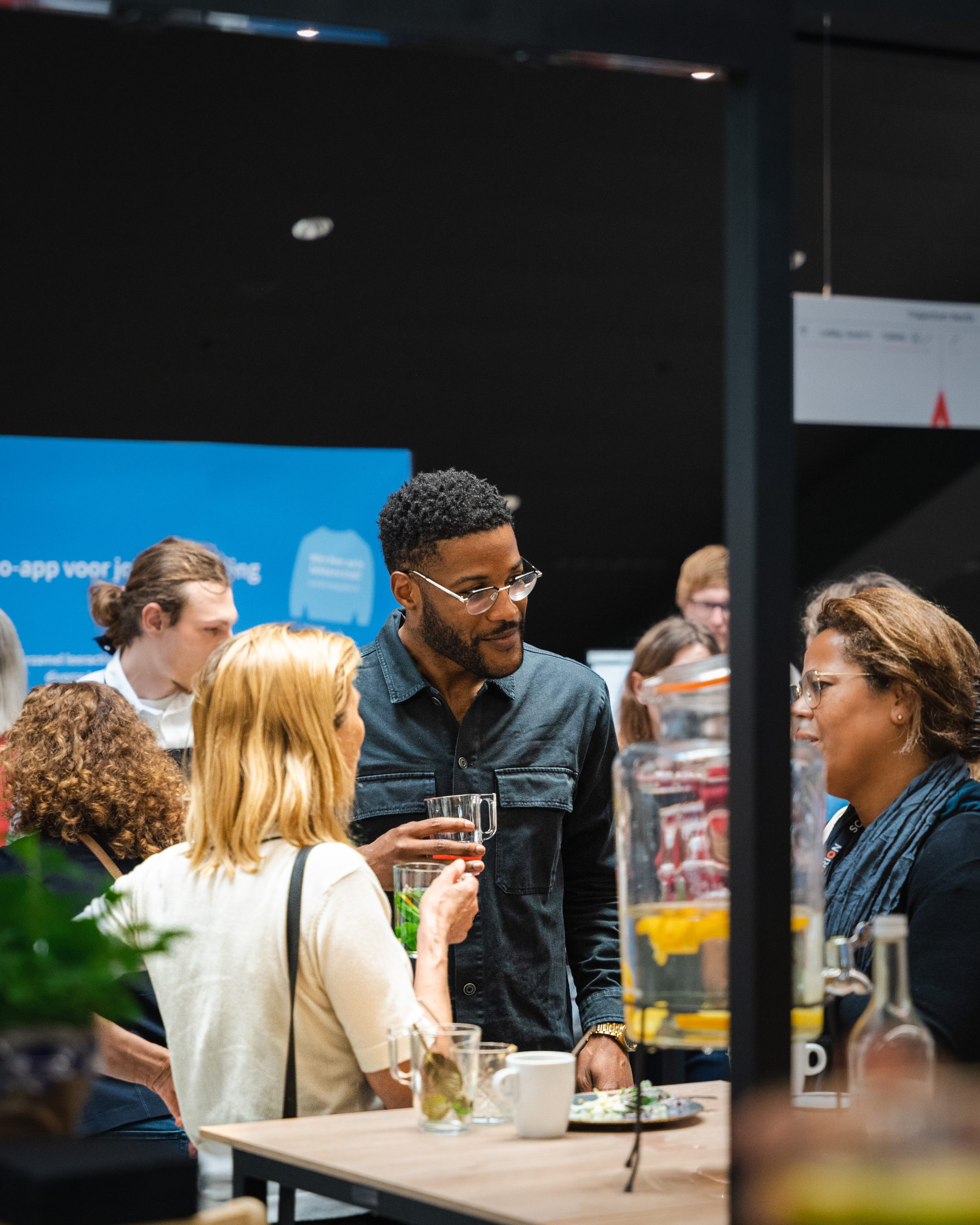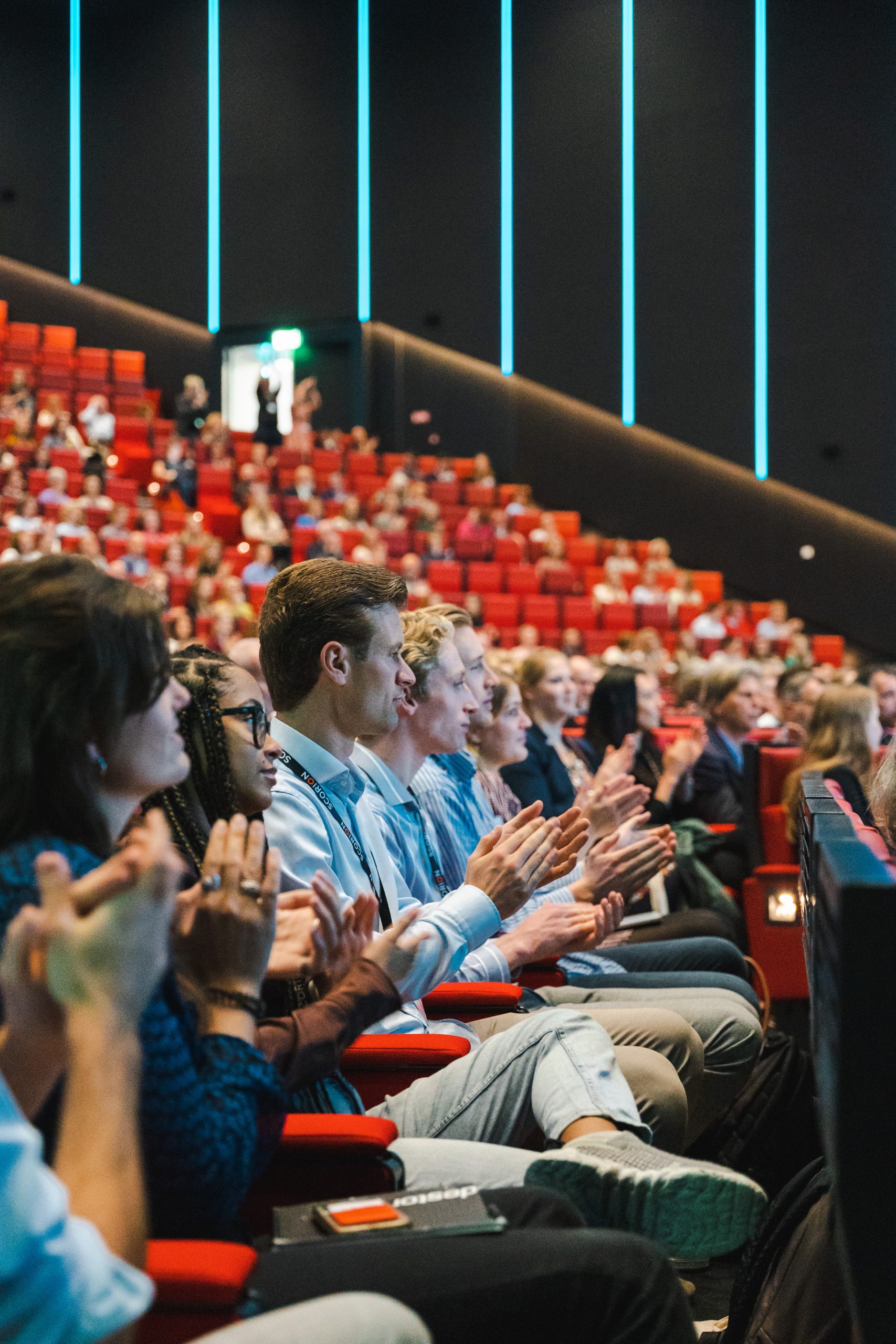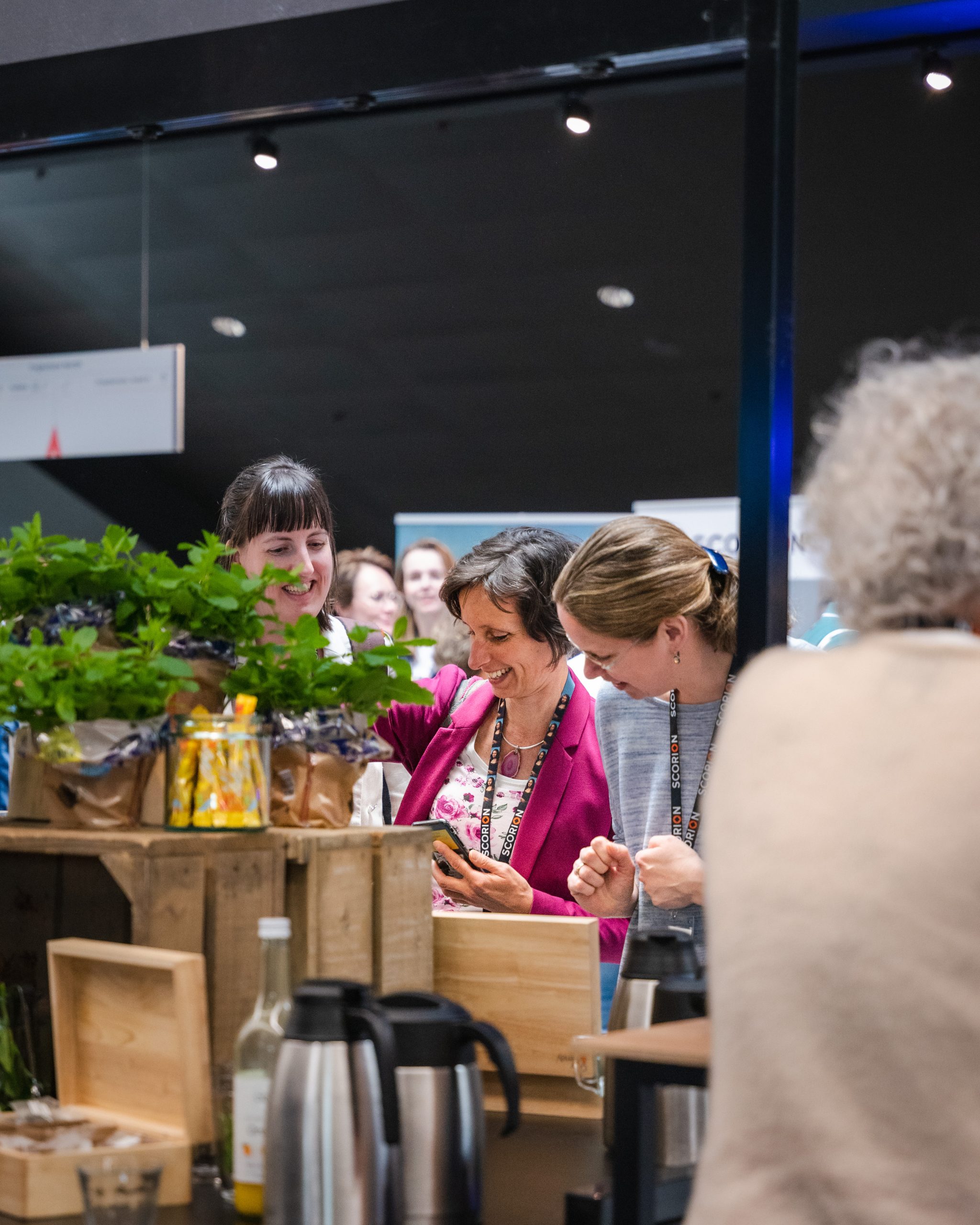Introduction: Surgical simulation training substituting a live animal for a human patient is a continuing practice. Despite clear ethical controversy, many perceive this type of simulation to be ‘high fidelity’ and therefore valuable. This study employs a sociomaterial perspective to explore how use of a live animal mediates learning activity and behaviour during a trauma surgical simulation course.
Methods: This international, focused ethnography generated data through observation of surgical simulation courses in six different countries. A narrative analysis was conducted using instrument-mediated learning theory as a lens for interpretation.
Results: The key finding is the dual and fluid existence of a live animal as an instrument for learning, variably perceived as a simulator tool for training and as a patient that must be saved. When framed as a tool, surgical knowledge and skills are practiced with learning acquired via epistemic and pragmatic mediation. Performing a thoracotomy denotes a critical moment; procedural unfamiliarity, evident haemorrhage and inherent risk of a deadly outcome contribute to uncertainty and clinical complexity. Learners are hence more likely to frame the animal as a patient. This experience has psychological fidelity, feeling more authentic as actions have consequences. Risk of failure to sustain the life of the animal mediates reflexive learning, teaching the learners about themselves and their abilities.
Conclusion: Live animal simulation training mediates surgical learning differently, dependent on whether the animal is framed as an instrument or as a patient. The animal’s ability to bleed and exsanguinate to death creates risk and uncertainty as learners perform complex skills under pressure of significant consequence. Authenticity could be amplified if the animal is framed as a patient throughout the simulated learning event.



